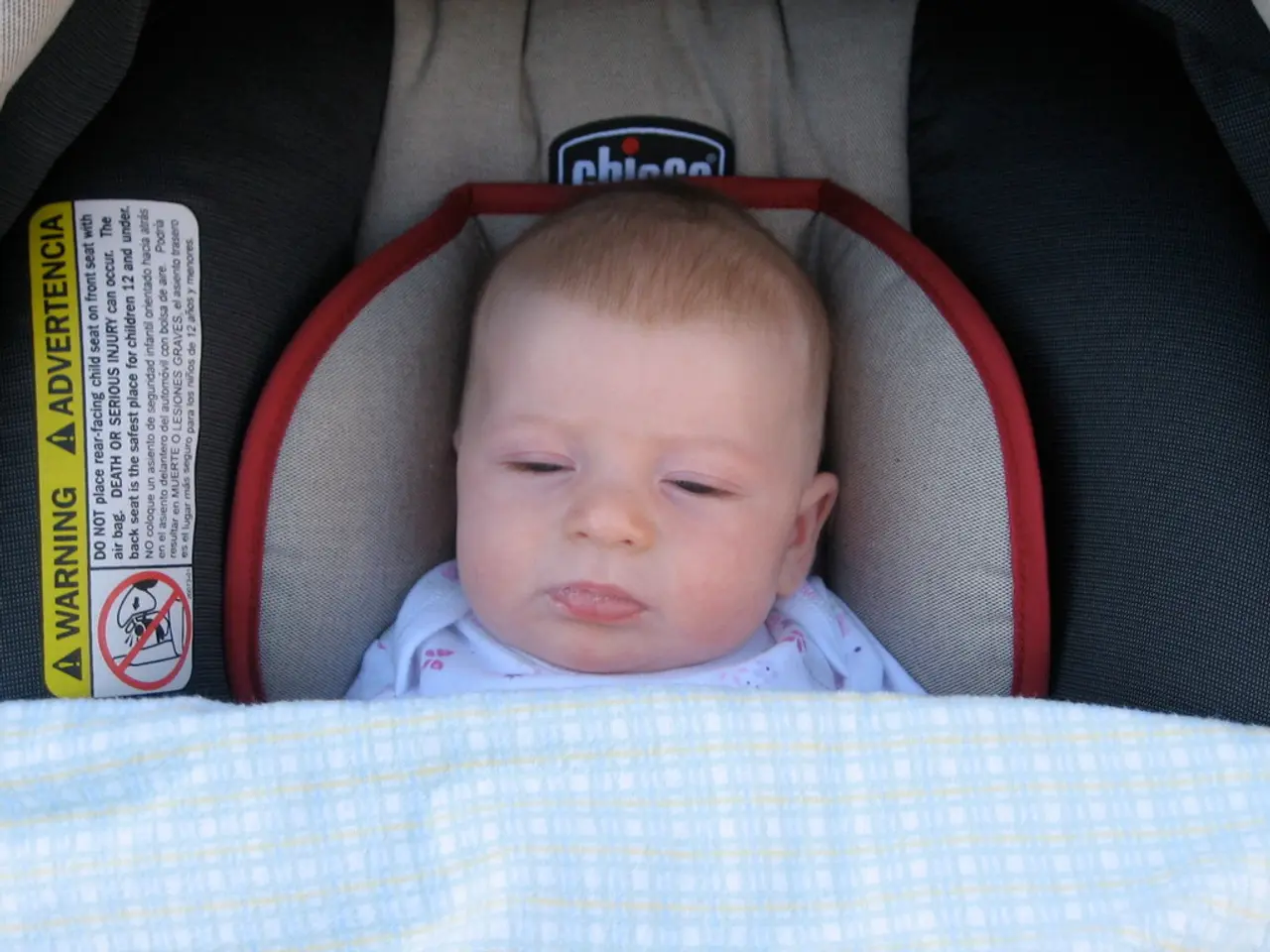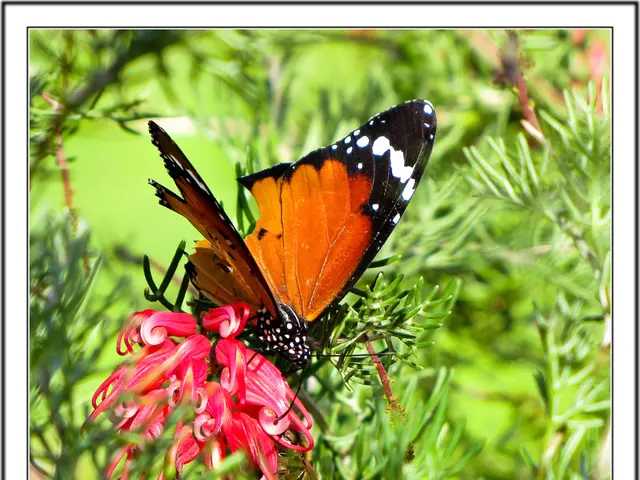Navigating Secure Infant Care
Creating a secure environment for your baby or toddler is of paramount importance. Here are some key safety measures to help you ensure a safer living space for your little ones.
Safe Sleep Practices
Always place your baby on their back for sleep, on a firm mattress with a fitted sheet, in a safety-approved crib or bassinet without any pillows, blankets, or toys. Room-sharing without bed-sharing is recommended to reduce risks of Sudden Infant Death Syndrome (SIDS) and other sleep-related deaths. Avoid overheating and remove soft objects and positioners from the sleep area.
Window Safety
Install window locks or guards to prevent windows from opening more than four inches and use cordless blinds to avoid cord hazards.
Furniture Anchoring
Secure heavy and tall furniture such as bookcases, dressers, and TVs to walls using anchors to prevent tip-overs.
Floor Cushions and Rugs
Use carpeting or cushioned rugs, ideally non-slip, to soften falls and prevent slipping on hard floors.
Electrical Safety
Cover all electrical outlets with safety plugs and organize or cover cords to prevent babies from inserting objects or chewing on them.
Baby Gates and Latches
Install baby gates to block access to stairways and unsafe areas, and use latches or locks on cabinets, toilets, and stoves to keep toddlers away from hazards.
Protective Padding
Use corner bumpers on furniture with sharp edges to prevent injuries.
Safe Storage
Keep medications, cleaning products, and hazardous items out of reach, preferably in locked or high cabinets. Designate off-limits storage areas for guests' belongings to avoid access to dangerous items.
Poison Control Preparedness
Keep the poison control number accessible in case of emergencies.
Outdoor Safety
Supervision is key when playing outside with babies and toddlers. Stay within arm's reach, designate a safe play area, and limit distractions. Cut food into small, manageable pieces and avoid hard candies, nuts, and other choking hazards.
First Aid
For burns, run cool (not cold) water over the area for 10-20 minutes and cover with a sterile, non-stick bandage. For minor cuts and scrapes, clean the wound with soap and water, apply an antiseptic, and cover it with a bandage.
Emergency Preparedness
Creating an emergency plan is essential for every family, especially those with babies and toddlers. Identify emergency contacts, establish a meeting point, and discuss the plan with everyone in the family.
Car Safety
Invest in a safe baby toddler car seat that fits your child's age, weight, and height. Rear-facing car seats provide the best protection in the event of a crash.
Teaching Safety Rules
Teach your child about the dangers of certain items and the importance of not touching them. Teaching safety rules to children from a young age can help them make better decisions. Basic safety rules to teach include staying close, looking both ways, and asking for help.
Additional Recommendations
Avoid smoking around the baby, ensure a smoke-free environment, and breastfeed as advised to further reduce infant health risks. Never leave your baby unattended in a vehicle. Staying informed about local news and weather alerts can help you anticipate emergencies. Use apps, follow local authorities, and educate your child about emergency situations. Practicing emergency drills can help everyone feel more prepared. Apply sunscreen and dress your toddler in protective clothing to protect their skin from harmful UV rays during outdoor activities.
By implementing these comprehensive measures, you can target common household dangers and infant vulnerabilities, creating a safer living space for your babies and toddlers.







